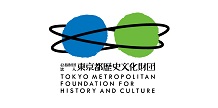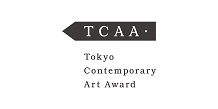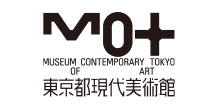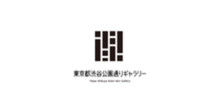Kathi HOFER
- TOP >
- Archives >
- Residency Program >
- Kathi HOFER
Exchange Residency Program
(International Creators from abroad)
update: 2019.8.20
Kathi HOFER
| Participating Project | Exchange Residency Program (Creators from abroad) |
|---|---|
| Activity Based | Austria |
| City | Tokyo |
| Period | 2019.9- 2019.11 |
Purpose of the residency
My ongoing work with my grandparents' knitting business – its oral (hi)stories of local creativity and global glamour – is a central motive for my stay in Tokyo. What becomes apparent from an Alpine European point of view is the image of a (questionable) ‘Japanese perspective’ on a so-called ‘Austrian Look’ (a term created for export of Austrian fashion and textile crafts, notably to Japan). I would like to take the residency from where to explore some connections between style, identity and cultural hybridity developing a form of ‘situated knowledge’ fostered by the particular conditions of this temporary experience of (cultural) landscape.
Plan during the residency
・Connect with producers and historians of Japanese fashion and style in Tokyo.
・Travel the Japanese Alps conducting artistic field research.
・Collect images and artefacts of Austrian–Japanese hybridity in fashion, textile crafts, and style.
・Form networks for possible collaborations.
・Presentation of research and artistic work.
Activities during the residency
In Tokyo, Kathi Hofer has been investigating a family business in relation to identity and place. Her grandparents ran a knitting factory in the Salzburg Alps for fifty years until 2003, manufacturing ‘Austrian-style’ boiled wool jackets that proved to be of a particular allure to a Japanese demand for far-flung folklore – Japan being the largest overseas market for HOFER Jackets for many years. Reaching out to former importers, fashion critics, fabric makers, historians, and style bloggers, Kathi Hofer initiated a collaborative effort to reflect on the ‘Austrian Look’ as it was created for marketing purposes in the late 1970s, and as seen appropriated and brought to perfection by Japanese fashion culture in the 1980s and 90s. Some instances of this exchange of mutually exoticizing glances were on view at Tokyo Arts and Space Open Studio, while a project in progress was initiated unfolding in Tokyo in 2020/21.
Overview of the residency
Thanks to the residency at TOKAS, I was able to make sustainable contacts in Tokyo, and further places in Japan, that will be crucial in my ongoing work about style and identity, and how these modalities link and hybridize elements of Japanese and Austrian culture. As a result, I will be able to return to Tokyo by invitation, most probably within a year, to show artwork; and there is an academic writing project (possibly a book) in the making. The three-month period provided a focused time frame, although having one more month would have been ideal to intensify some of the contacts, and to pursue leads that I was not able to follow due to lack of time.
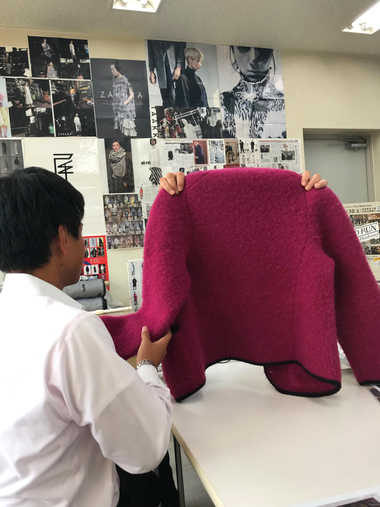
Research at the Textile Material Center, Gifu-Hashima, 2019
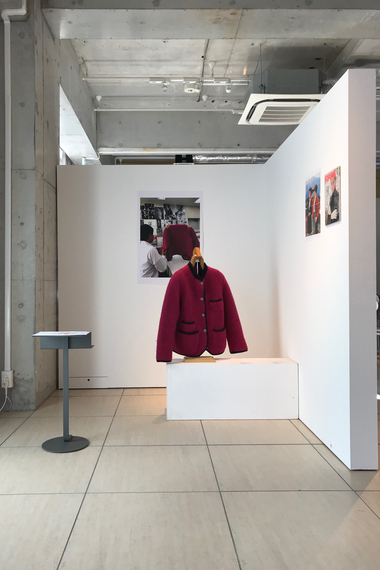
Vogue en Tokyo (installation view at OPEN STUDIO), 2019
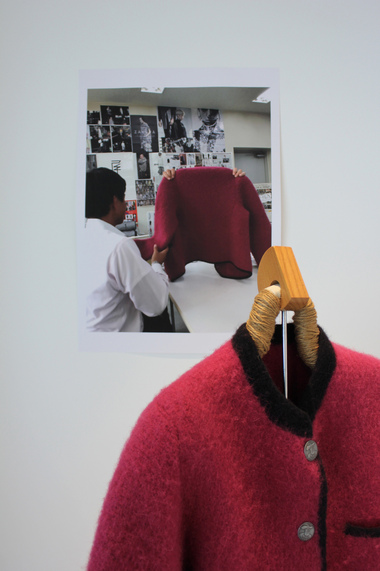
Vogue en Tokyo (installation view at OPEN STUDIO), 2019
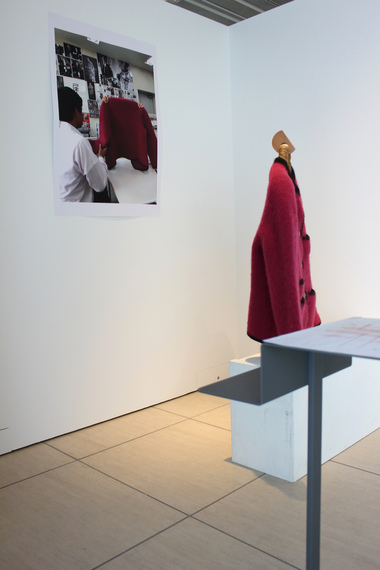
Vogue en Tokyo (installation view at OPEN STUDIO), 2019
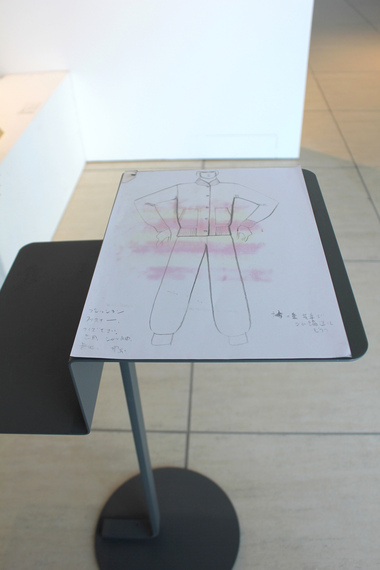
Vogue en Tokyo (installation view at OPEN STUDIO), 2019
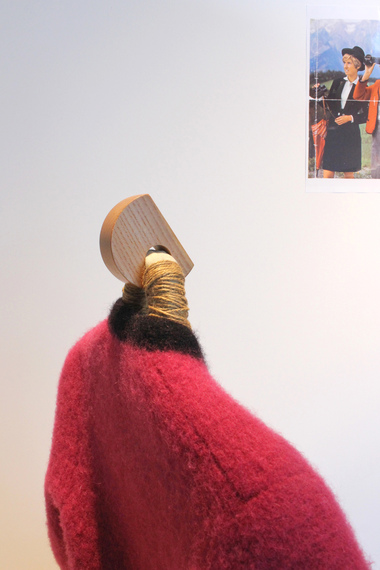
Vogue en Tokyo (installation view at OPEN STUDIO), 2019




